wildlife photography course
What are wildlife photography experiences
08/10/13 08:22 Filed in: Wildlife Photography Courses
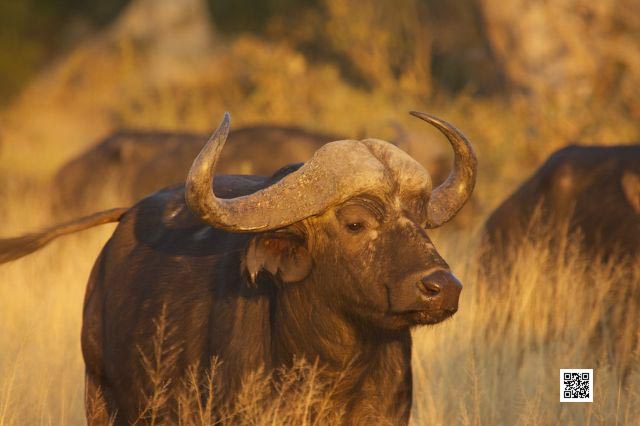
Imagine you are on safari in South Africa or Kenya or elsewhere and you do a wildlife photography course, but the course is not really a course in the sense of classroom style learning and exercises. It is rather learning while doing and the freedom to focus on what you really like to learn, all with a gentle and subtle guidance to make you arrive where you want with your wildlife photography learning journey.
And all that is called a wildlife photography experience, available for all photography lovers and photography enthusiasts to be.
Enjoy this wonderful hobby!
Happy snapping!
Ute Sonnenberg for www.rohoyachui.com
Do You Feel Like Richard Avedon?
20/05/13 10:20 Filed in: Photography & Art
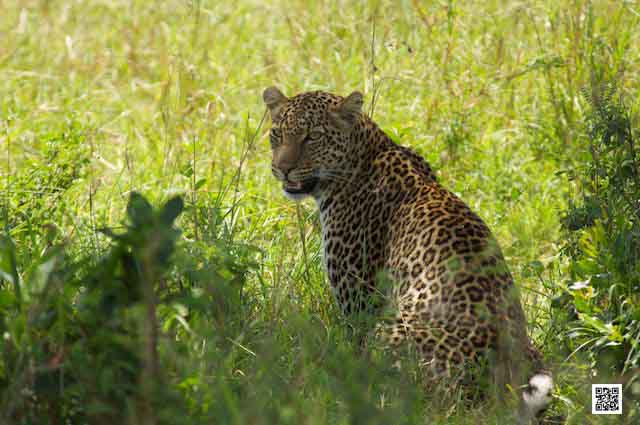
Richard Avedon, one of the greatest photographers of the 20th century and worldwide known for his provocative fashion photography and minimalistic portraits said this:
“And if a day goes by without my doing something related to photography, it’s as though I’ve neglected something essential to my existence, as though I had forgotten to wake up. I know that the accident of my being a photographer has made my life possible.”
Does that sound familiar to you or has photography not quite such a place in your life or are you just not conscious about it? Isn’t photography not what we do constantly without even noticing anymore? Often heard comments and thoughts of guests on photographic safari, team building photographic safaris or during wildlife photography courses are resolutions to do more photography when they are back home, to buy new equipment, to follow courses or even to start reading the manual. But just as often not much happens when they are back home. The daily challenges get hold of them and reading the manual of the camera is the last thing they want to do, but does photography need resolutions?
Don’t make it to heavy, sounding like work. Photography is light and fun and you learn the most by doing it. So just remember you have a cell phone, that enables you to shoot away wherever you are and photography becomes part of your daily life like weaking up in the morning.
Happy snapping!
Ute Sonnenberg for www.rohoyachui.com
Learn Perspectives from Cédric Gerbehaye
15/05/13 09:07 Filed in: Wildlife Photography Courses

An amazing thing to play with during photographic safaris in the Masai Mara, wildlife photography courses and team building photographic safaris is landscape photography by using wide-angle lenses. Ideally are clouds on a blue sky and a dirt road leading to the horizon. They are the helpers in creating perspective, giving the image depth. Yet also here, training the eye is possibly the most important thing. Photographer Cédric Gerbehaye can be a great example to learn from and to train the eye by looking at his images. He is a master in black and white photography and even portraits of people show depth and perspective.
Inspired? Start looking for perspectives in your own garden, in the park or in the street and create mesmerizing images.
Become yourself an example for others to learn from.
Happy snapping!
Ute Sonnenberg for www.rohoyachui.com
Train Your Eye
14/05/13 11:20 Filed in: Photography & Art

There is everyday somewhere news about a new piece of photographic equipment, promising better images and great photography. But in order to create great images one needs to see first and there is no equipment to replace the photographer’s eye.
It is not enough to physically see, it is necessary to see light and composition. The cameras try to help with the grid on the screen to create compositions according to the rule of thirds, but there is a better to learn that.
Just look at the old master and train your eye in seeing light and composition. During wildlife photography courses on photographic safaris and also during team building photographic safaris, training the eye is part of the photography basics. With examples of paintings the attendees learn to see perspectives and compositions, how the old masters used the light in their paintings and why we love them.
The best way to train the eye is to look at the old masters regularly, that the eye starts seeing paintings everywhere and no thinking is necessary anymore when creating a photograph.
Try it with art books or with galleries like the Louvre on the Internet and experience what it does to your photography.
Happy snapping!
Ute Sonnenberg for www.rohoyachui.com
Wildlife Photography: Appreciate Over Casted Days
06/05/13 12:24 Filed in: Wildlife Photography Courses

When we do wildlife photography we always wish to have the perfect light, the early morning golden light or at least sun and no clouds. But of course we don’t get it always and have to deal with all sorts of light when we are out on photographic safaris in the Masai Mara or at other amazing destination.
Especially during wildlife photography courses or team building photographic safaris people hope for sun and good weather. But actually the opposite is good for a great wildlife photography course. Changing and challenging light are great moments to learn and to produce despite the situation fabulous pictures. Over casted days offer even a better light than bright sunny days, outside the golden hours. The diffuse light of over casted days creates richer color saturation and black and white images turn out really fantastic.
Try it. When there is a day that you think this is really terrible, take your camera and photograph black and white (or turn the images later into black and white). You might really love the results.
Happy snapping!
Ute Sonnenberg for www.rohoyachui.com
How Wildlife Photography can Benefit from Ansel Adams
30/04/13 08:36 Filed in: Wildlife Photography Courses | Photography & Art

Outstanding contrast and clarity are attributes connected to Ansel Adam’s photography. It characterized his work from the very beginning, although at this time the “Pictoralism” method was popular. And isn’t it contrast that fascinates us in photography, literarily as light contrast and as “contrast subjects”?
Wildlife photography courses can use Ansel Adams’ work to teach seeing and photographing contrast in nature, even in a rock, like he did. On a photographic safari with wildlife photography course or team building photographic safari people often struggle to photograph “rock like” animals like rhinos and elephants. Their body shape and skin color make it not easy to get good photographs, photographs with contrast, depth and a well proportioned body. From Ansel Adams wildlife photographers can learn what angle to use and with which light to photograph to get a nice photograph. Only look at his pictures from Yosemite, the monolith or El Capitan (photograph below). He was a master in creating depth in something big and bulky with an even color.
By studying his work, wildlife photography can improve and rhinos, elephants and thought boring landscapes become fascinating mesmerizing photographs. Try it with simple things at home that resist to be photographed nicely and then take it to wildlife photography.
Learn and benefit from a master. Happy snapping!
Ute Sonnenberg for www.rohoyachui.com
How Wildlife Photographers can Learn from Diane Arbus
29/04/13 12:17 Filed in: Wildlife Photography Courses
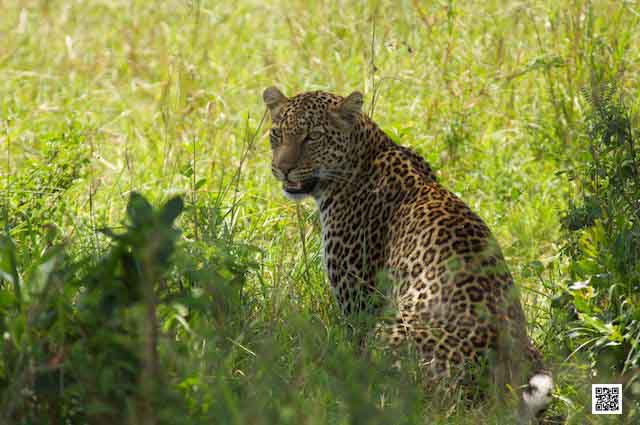
Diane Arbus’ name is often associated with photographs of the strange and abnormal. And this approach of hers is the learning point for photographers in general and wildlife photographers in particular. Watch out for the “strange and abnormal”. For wildlife photography courses in the Masai Mara, photographic safaris and team building photographic safaris in South Africa and activities at all other safari destinations does that mean that you should train your eye in scanning the surroundings when driving on a game vehicle.
One often wonders how the ranger could see that animal in the tree or in the deep grass, but his/her eye is trained to see what is not supposed to be there, the strange and the abnormal. That can be a movement, a color or an object that breaks the pattern of the grass and well, the animal is spotted.
The same principle applies to wildlife photography (and any other photography). When you are on a game drive and you think the light is dull and there is nothing to see, start searching for the abnormal and strange. Your eye will adjust to this mode, which is comparable to the eye test one has to do at the eye doctor where you look at a picture with often dots in different colors and by changing the way you look at it you see different objects in it. Do the same when you look out over the Great Plains of the Masai Mara and start seeing things like contrast in grass going over in different colors of the horizon or patterns on the road or in the clouds and animals you did not notice before.
Try it and by looking out for the abnormal you will suddenly find wonderful subjects for your photography, even when you think there is nothing.
Happy watching!
Ute Sonnenberg for www.rohoyachui.com
How Steve McCurry's Photography can be Part of Wildlife Photography Courses
23/04/13 11:36 Filed in: Wildlife Photography Courses

Steve McCurry is well known and often awarded for his powerful documentary photography from conflict areas all over the world, like for example the famous photograph of an Afghan girl below.
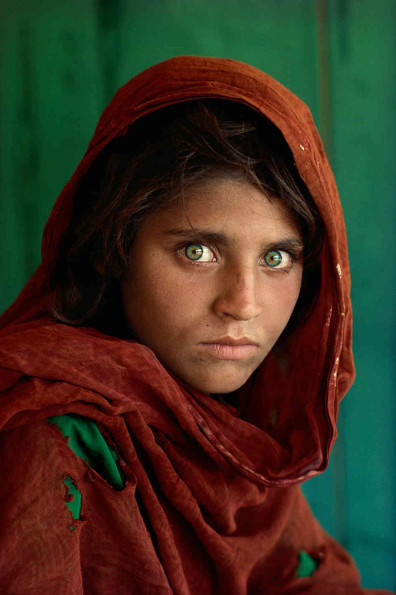
McCurry has often said that he tries to immerse himself into the culture of the location he is visiting, and rather than immediately head out with his camera, he prefers to watch and wait, saying “If you wait, people will forget your camera and the soul will drift up into view.” (via Phoblographer)
And this is exactly what makes the difference in photography, also in wildlife photography, wait and watch. On photographic safaris, during team building photo safaris and during wildlife photography courses in the Masai Mara, Serengeti, Kruger National Park, the Okavango Delta and elsewhere, this very same principle applies. When we are out on a wildlife photography course the probably most important lesson is to practice patience and not try to force anything. There are people who call the animals from the vehicle or make noises or some even google lion roaring on their iPad to play it at the lion sighting to make the lion do something. They found it to boring just sitting and waiting. By doing any of these, the animals will not show their soul, they will not trust and do their natural thing and the photographer will not get the powerful images he/she is wanting. Only when spending time with the animals they begin to relax and do their normal thing, trust is built and by just being with them the greatest photographic opportunities emerge. The wildlife photographer got to tune into the environment, just like Steve McCurry does on other locations and wait, giving the animals the space to be and show how beautiful they are.
Try it at home with cats and dogs. They will appreciate it and you will get great pictures.
Ute Sonnenberg for www.rohoyachui.com
How Wildlife Photographers can Learn from William Eggleston
22/04/13 10:43 Filed in: Photography & Art | Photographic Safari Tips
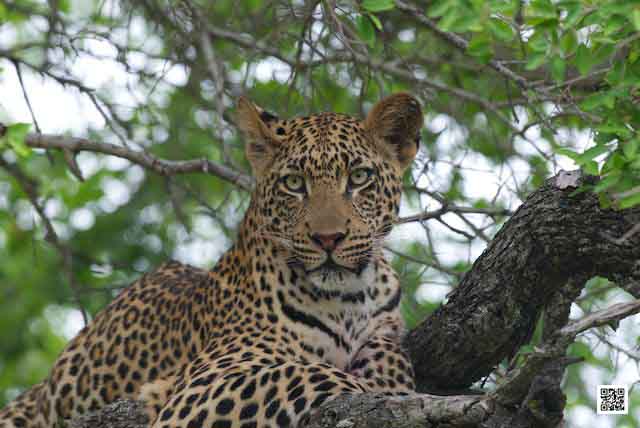
“I was in Oxford, Mississippi for a few days and I was driving out to Holly Springs on a back road, stopping here and there. It was the time of year when the landscape wasn't yet green. I left the car and walked into the dead leaves off the road. It was one of those occasions when there was no picture there. It seemed like nothing, but of course there was something for someone out there. I started forcing myself to take pictures of the earth, where it had been eroded thirty or forty feet from the road. There were a few weeds. I began to realize that soon I was taking some pretty good pictures, so I went further into the woods and up a little hill, and got well into an entire roll of film.” (from a conversation of William Eggleston with Mark Holborn, afterward from The Democratic Forest)
This might sound familiar for wildlife photographers, being on a photographic safari or wildlife photography course lets say in the Masai Mara in Kenya, driving the entire morning over the Great Plains and seeing “nothing”. As Eggleston’s story tells, there is always something to photograph, one only needs to start seeing. And well, we are probably sometimes a bit spoilt, expecting the perfect light on incredible wildlife interaction right in front of us and yes, that happens, but there is so much more to see and photograph by just starting seeing. There is landscape, there are beetles, leaves, flowers, grass, soil, rocks, roads and so much more and not only in the bush, start looking out for it in your own garden and hometown. Do not wait for the obvious great shot, start seeing the great photograph in everything and a whole new world will open to a new dimension in photography. Sounds a bit vague? Try it and see the results. During our team building photo safaris we often experience the most amazing surprises when people who never thought of themselves of being able to express something in photos come up with the most beautiful results and they also might have thought at one stage, that this all sounds a bit vague.
Go and try and be surprised by your photography.
Ute Sonnenberg for www.rohoyachui.com
eBook: How to's Wildlife Photography
13/01/13 23:39 Filed in: Photo Safari | Photo Tips
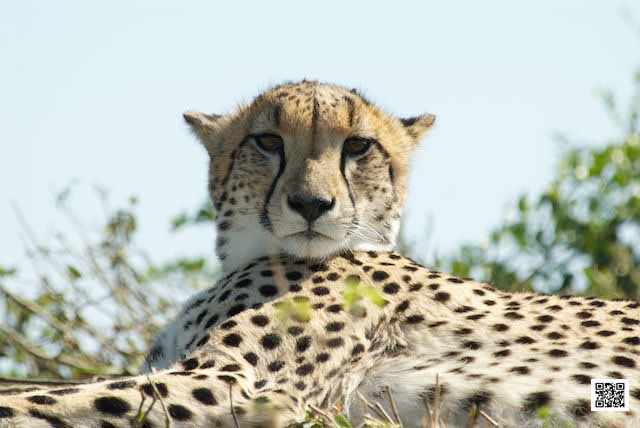
Throughout this blog, posts are scattered with wildlife photography subjects, yet not in a very handy way for the reader to pick them together to read easily.
For those who would like to have them all easy to read in one place, here is the ebook How to’s Wildlife Photography with a selection of blog posts on the subject.
View and download the ebook here.
Happy reading.
Ute Sonnenberg for www.rohoyachui.com
On Photo Safari: The 3D-Tracking Autofocus Challenge
12/01/13 12:56 Filed in: Photo Safari

Wildlife photography is different and the last wildlife photography course in the Northern Kruger Park in South Africa made that clear once again.
Wildlife photography demands a lot of efforts from the photographer. Not only the environment is demanding, also the photographic subjects and the light. Some features of a camera that were included in high end devises do not work in the bush. They are mainly made for other purposes and one needs to be conscious about that.
For example the 3D-tracking autofocus setting, tested during the mentioned photography course in Kruger Park on a Nikon D800E. The focus picks up the wrong things, does not recognize the head/face of an animal and gets confused with the light. The photographer has to chose the focus point, otherwise what he wants in focus is not in focus. So, be careful where you use what autofocus setting and be conscious that the photographer got to do efforts to get it like he/she wants it.
Practice the different settings when you have time to play and not when you want it to work. That will make you happier with the results.
Happy snapping!
Ute Sonnenberg for www.rohoyachui.com